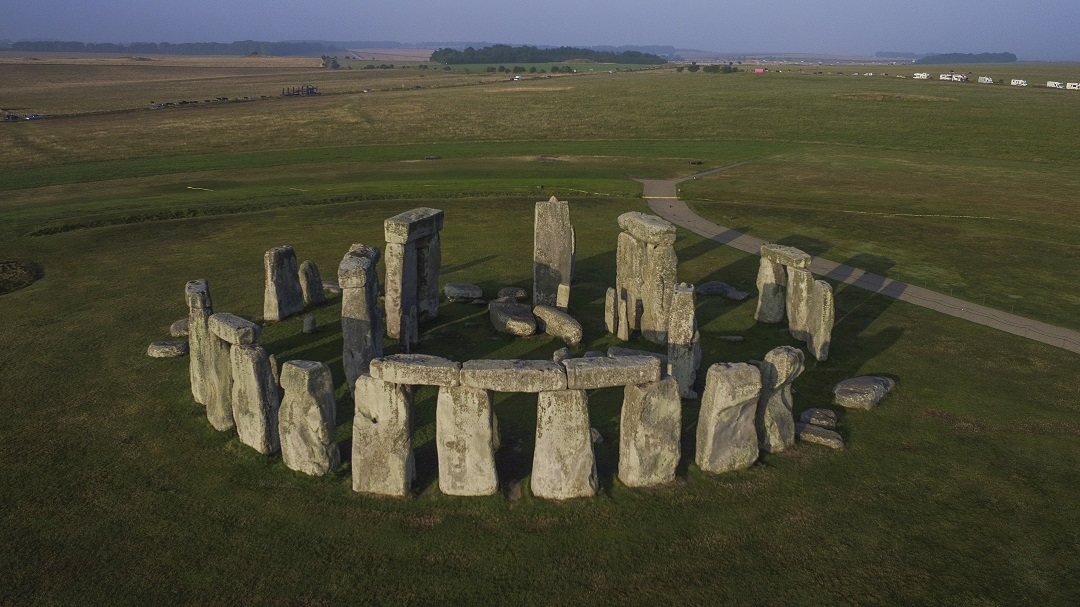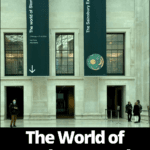Millions of visitors head to the countryside in Wiltshire to see the most famous stone circle in the world, Stonehenge. Together with nearby Avebury, it has been designated a UNESCO World Heritage Site.
For a limited time, you can learn more about Stonehenge in London. The World of Stonehenge at the British Museum is the UK’s first major show about the monument. Learn more about this special exhibition and find out what we thought in this review.
Note: We were provided with complimentary passes to see the exhibition so that we could share our experience with our readers. The British Museum has provided photos of the World of Stonehenge for us to use in this blog post. Additionally, this post contains affiliate links. Please see disclosure for more information.
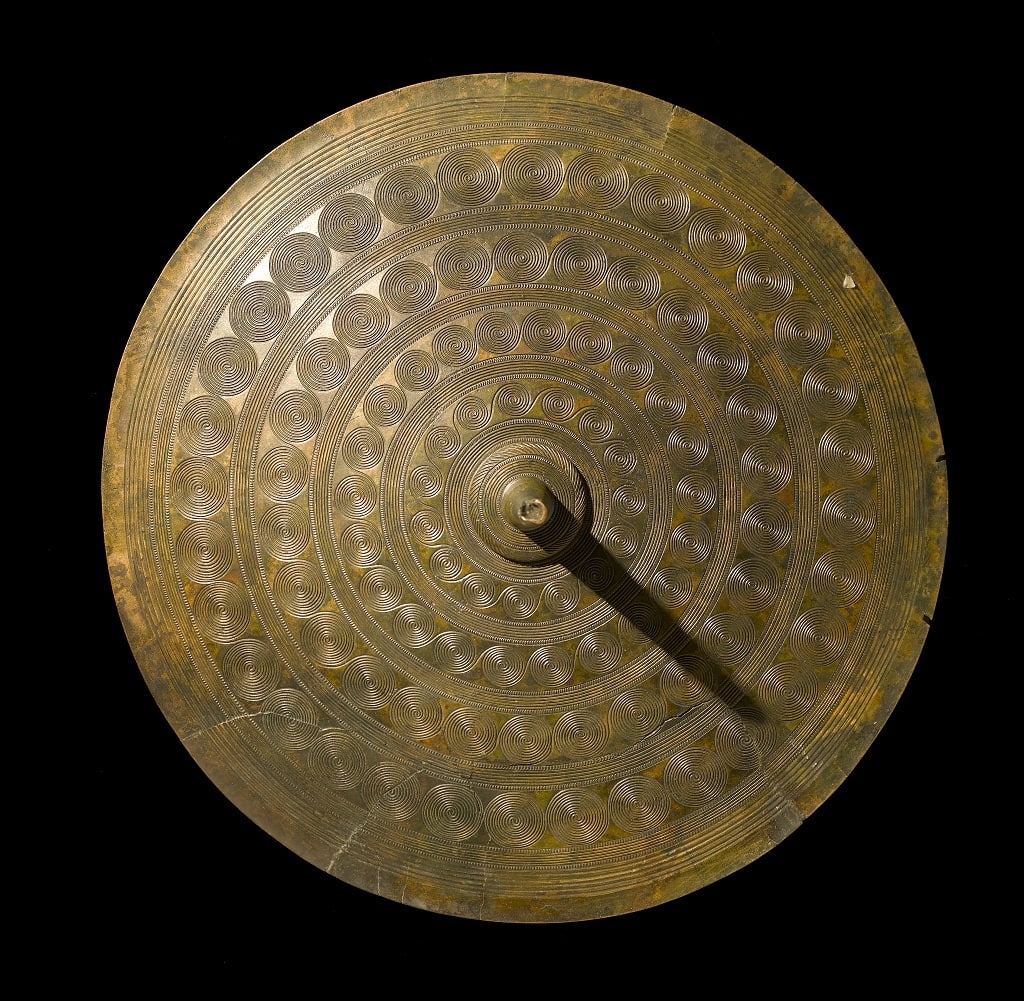
Contents
- About Stonehenge
- About the Stonehenge Exhibition at the British Museum
- Highlights of The World of Stonehenge
- Review of The World of Stonehenge
- Is the World of Stonehenge good for kids?
- Will you enjoy the World of Stonehenge if you haven’t visited Stonehenge?
- Where is the Stonehenge exhibition in the British Museum?
- When can you see The World of Stonehenge at the British Museum?
- How long does it take to see the Stonehenge exhibition at the British Museum?
- Do you need to book The World of Stonehenge in advance?
- How much are tickets to the World of Stonehenge at the British Museum?
- Is the World of Stonehenge exhibition worth it?
- Expert Tips for The World of Stonehenge
About Stonehenge
Stonehenge is the most architecturally sophisticated stone circle in the world and surrounded by other ancient monuments. There are more than 350 burial mounds, the Stonehenge Avenue, the Cursus, Woodhenge, and Durrington Walls nearby.
There are many theories about its origin and purpose, but most experts believe that it is a prehistoric temple aligned with the movements of the sun. Even still today, Stonehenge is a sacred place of special religious and cultural significance for many.
If you haven’t been to Stonehenge yet, you need to go. Read our guide to visiting Stonehenge.
About the Stonehenge Exhibition at the British Museum
The World of Stonehenge exhibition aims to shed some light on the purpose and cultural significance of the iconic ancient monument. You will learn about the massive transformation that took place in Britain and Europe from 4000 to 1000 BC and the people who lived during that time.
It includes 430 artifacts from across Europe, many never seen in the UK before, short video illustrations (with text on screen), atmospheric music, and lots of information based on recent archaeological and scientific work.
A book has been published to accompany the exhibition. You can find it in the gift shop by the exit of the World of Stonehenge or order it online here.
Highlights of The World of Stonehenge
With all there is to see at the Stonehenge exhibition at the British Museum, it is a lot to take in. While you won’t see the Stonehenge stone circle, there are plenty of objects that stood out for me.
Seahenge
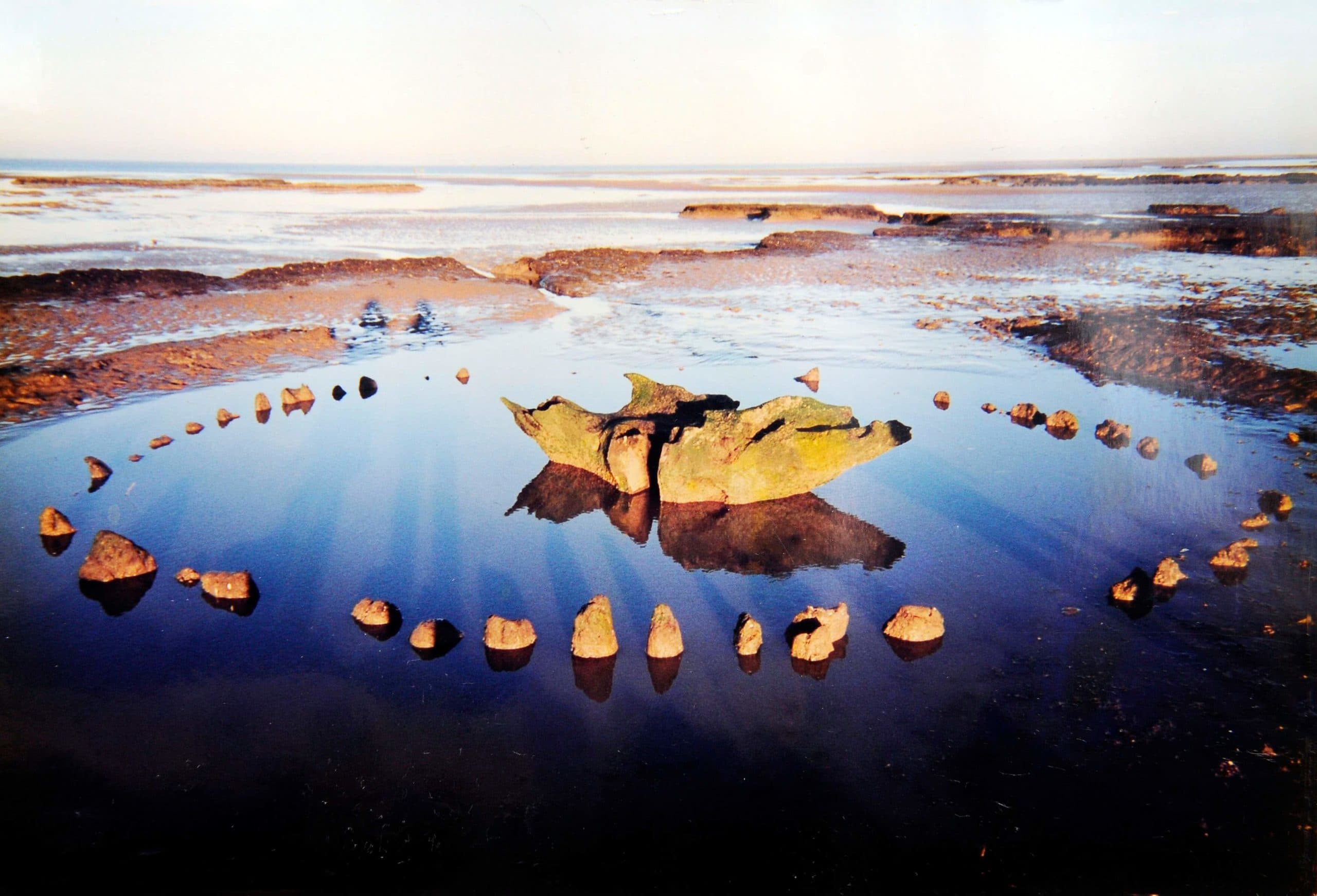
This timber circle dating back to 2049 BC was covered in sand and peat until it re-emerged on a beach in Norfolk in 1998. It consisted of 55 large oak posts and an upturned tree trunk in the center. Some of the posts are on display along with an almost holographic display of the tree trunk.
If you want to learn more about Seahenge, consider visiting the Lynn Museum in King’s Lynn where they have a display about it.
Deer headdress from Star Carr
Hunters would wear a headdress made from the skull of a deer to commune with the animals. The one on display comes from Star Carr in Yorkshire, England and reminded me of a special exhibit I saw at the Archeology Museum in Cambridge.
The axe in the stone
This stone has carvings in it because it was used to grind blades to keep them sharp so they would have the bite to cut down trees quickly.
6,000 year old leaf
It looks like your average leaf, but this one is 6,000 years old. This elm leaf is from an early farm settlement on the coast of Lancashire, in northwest England. During this time they cleared land for farming, but also got vital resources from woodland areas.
Auroch skull
See an auroch skull which has been stuck so forcefully that a part of the stone axe blade is lodged in the frontal bone. These wild cattle were hunted to extinction by Britain’s farmers as they posed a threat to domesticated cattle.
Bluestone likely part of the first monument at Stonehenge
Bluestones, from Wales, and sarsen stones were used to create the stone circle at Stonehenge. You can see a large piece of one that was excavated by William Cunnington and was likely part of the first monument built at Stonehenge.
Pair of oxen and wooden wagon
A pair of oxen along with a wooden wagon was excavated in Germany. White lasers bring these animals to life, so you can watch them pull their load.
Burton Agnes chalk drum
The chalk drum, with an intricate design, was found with other carved chalk treasures alongside the burial of three children near the village of Burton Agnes in East Yorkshire 5,000 years ago.
Golden Hats
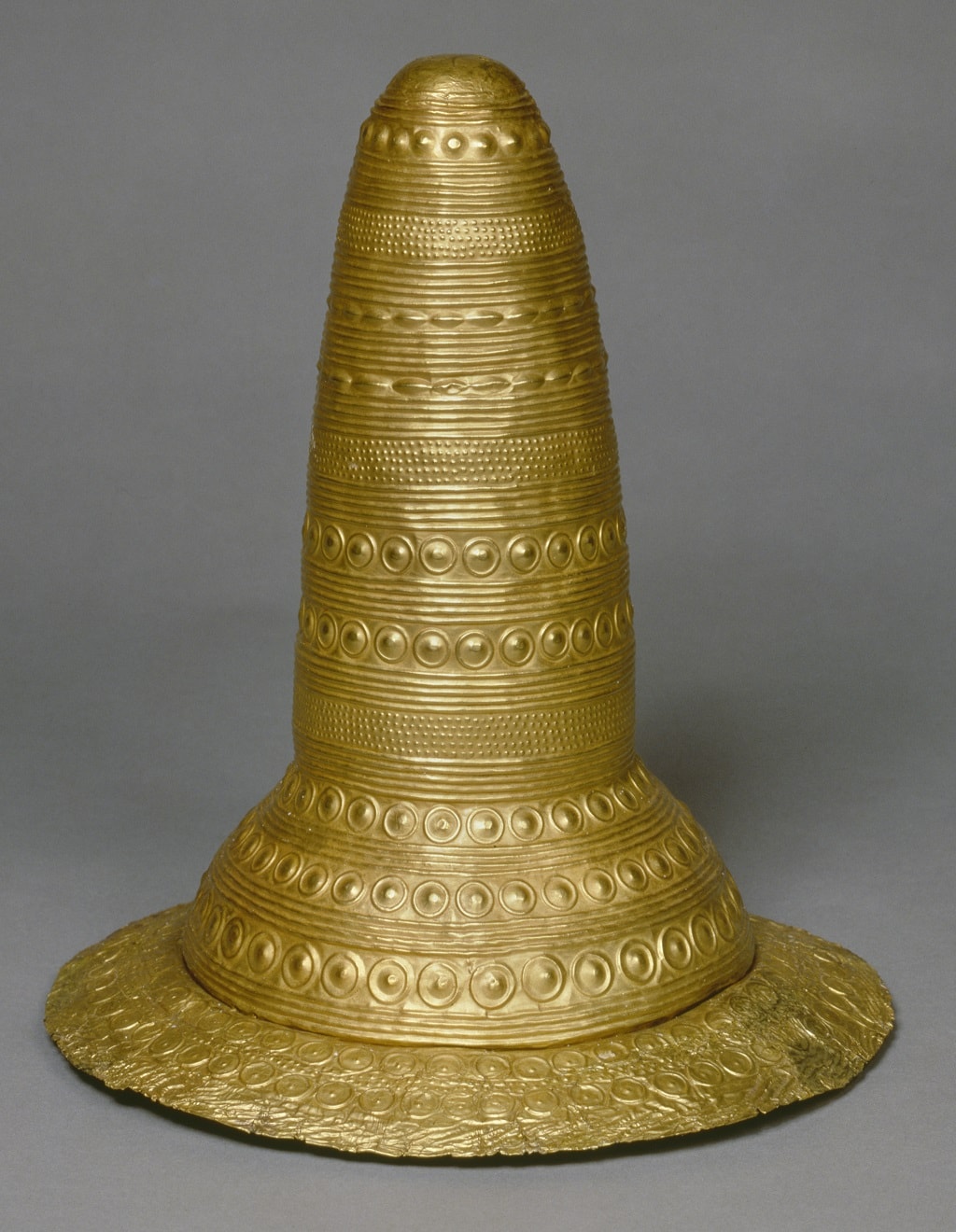
These golden hats were used during ceremonies or rituals and have elaborate details including cosmological symbols, solar wheels, and a sun-lie starburst.
Mold Cape
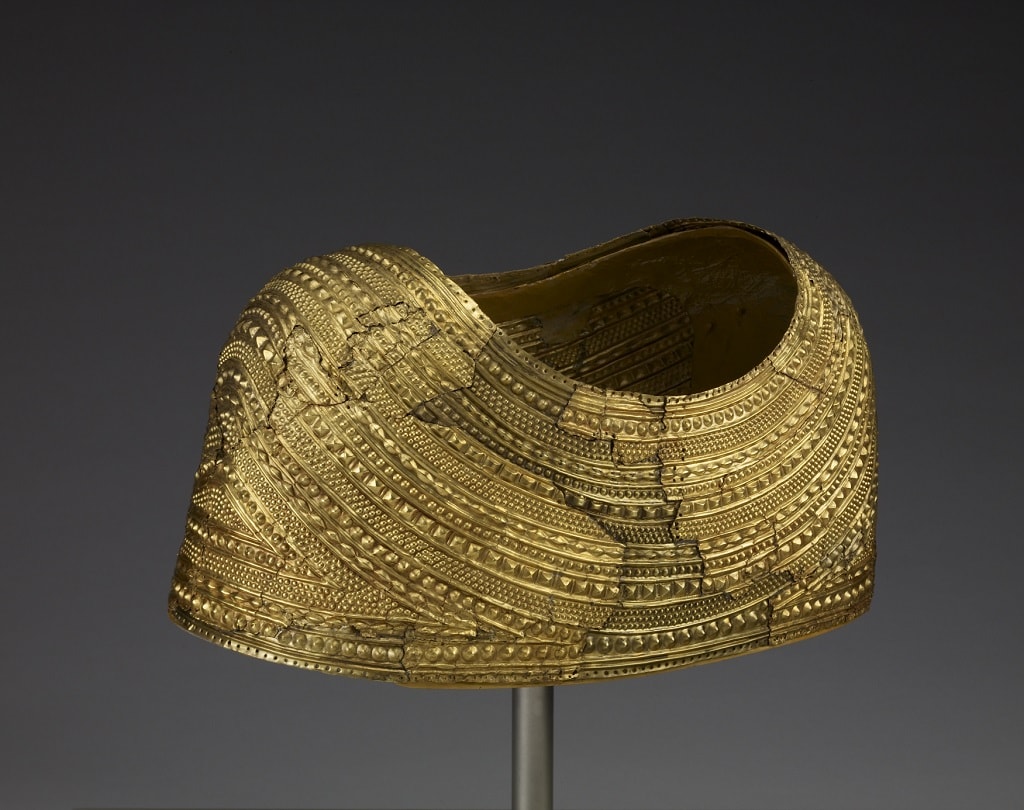
You have to imagine this gold cape with 300 amber beads because they have been lost. The signs of repair on the cape show that it was probably well-used ceremonially. It was buried with a woman who might have been a leader, priestess, or even considered a divinity.
Nebra Sky Disk
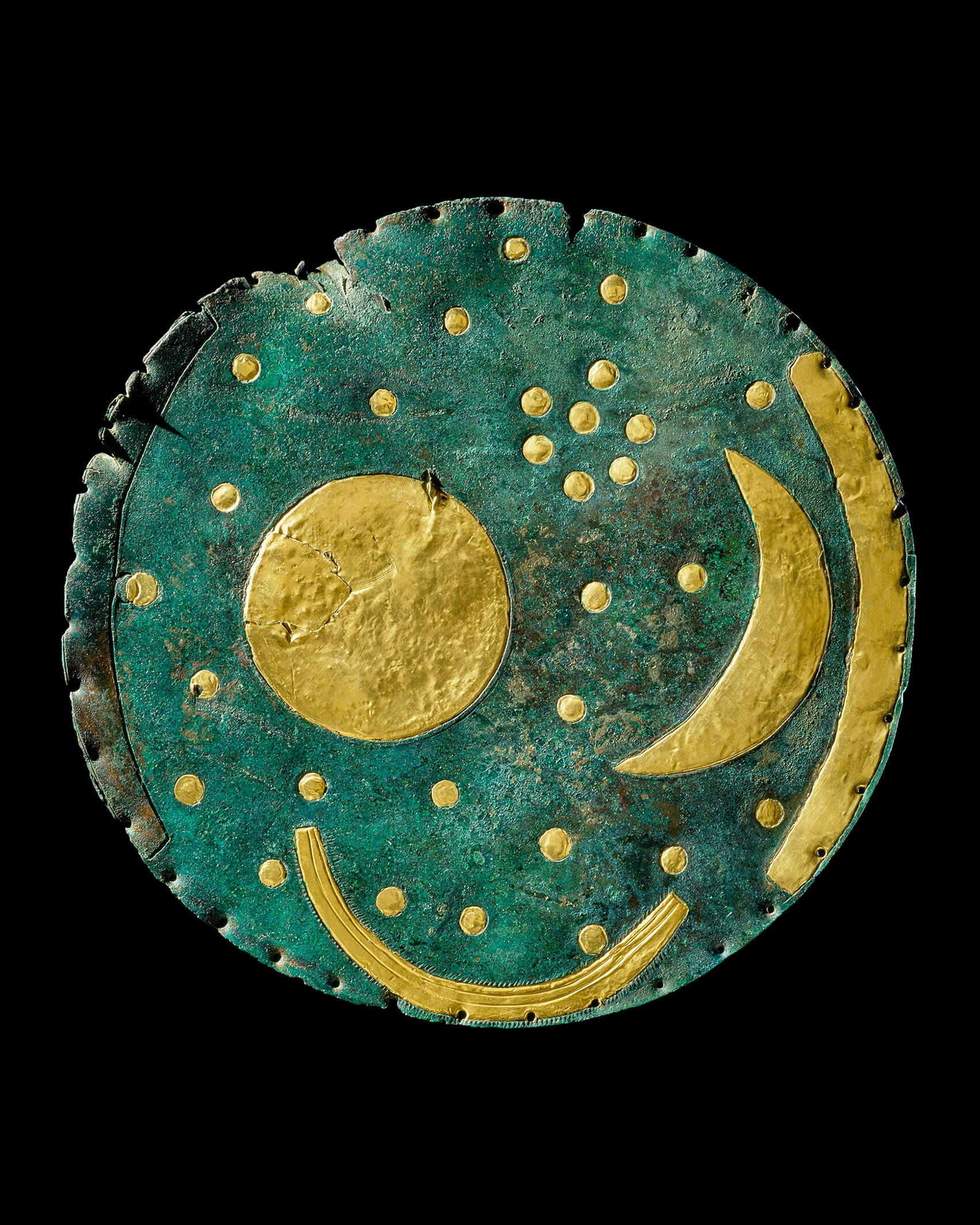
The 12-inch sky disc is inlaid with gold symbols that are believed to represent the moon, sun, solstices, and stars. It is thought to be the world’s oldest map of the stars dating from the Bronze Age, and was discovered in Germany in 1999.
Sun Pendant

See a beautiful example of a sun pendant from Ireland, but comparable pendants were made in Northern Italy. In later years, the Romans also made some.
Review of The World of Stonehenge
I am constantly amazed by the interesting information that archeologists have been able to find out about the past. This exhibition had a lot more insight than I would have expected, and there were probably a lot of noteworthy details that I missed.
The exhibition covers a lot more than just Stonehenge. I enjoyed learning about what was happening in other parts of Europe and it was eye-opening how connected the world was at the time.
The large room that houses the exhibition is dark which makes things feel more dramatic. When we thought we had reached the end, the displays continued around the corner.
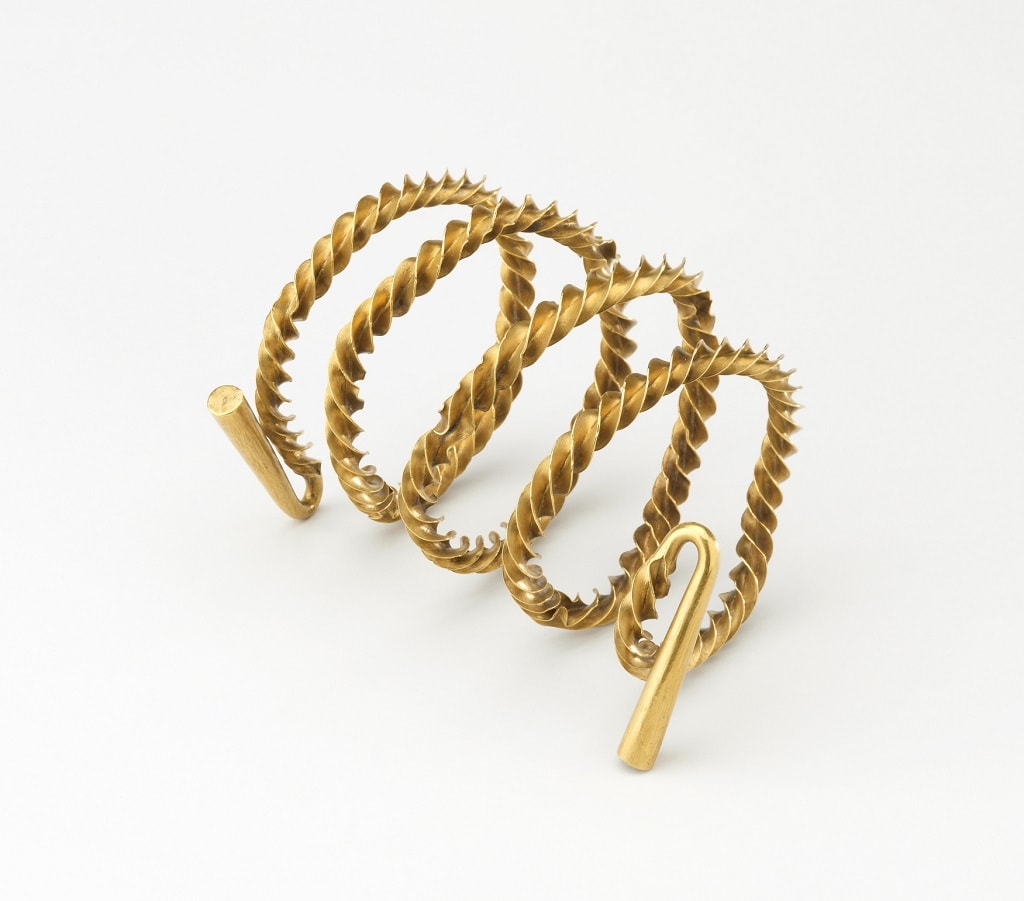
To see so many objects that were ancient and well-preserved in one place was quite special. The displays were very modern which was a nice contrast to the historic subject matter. The intricate designs on some of the jewelry and pottery demonstrate handcrafted expertise you wouldn’t expect to be possible at the time.
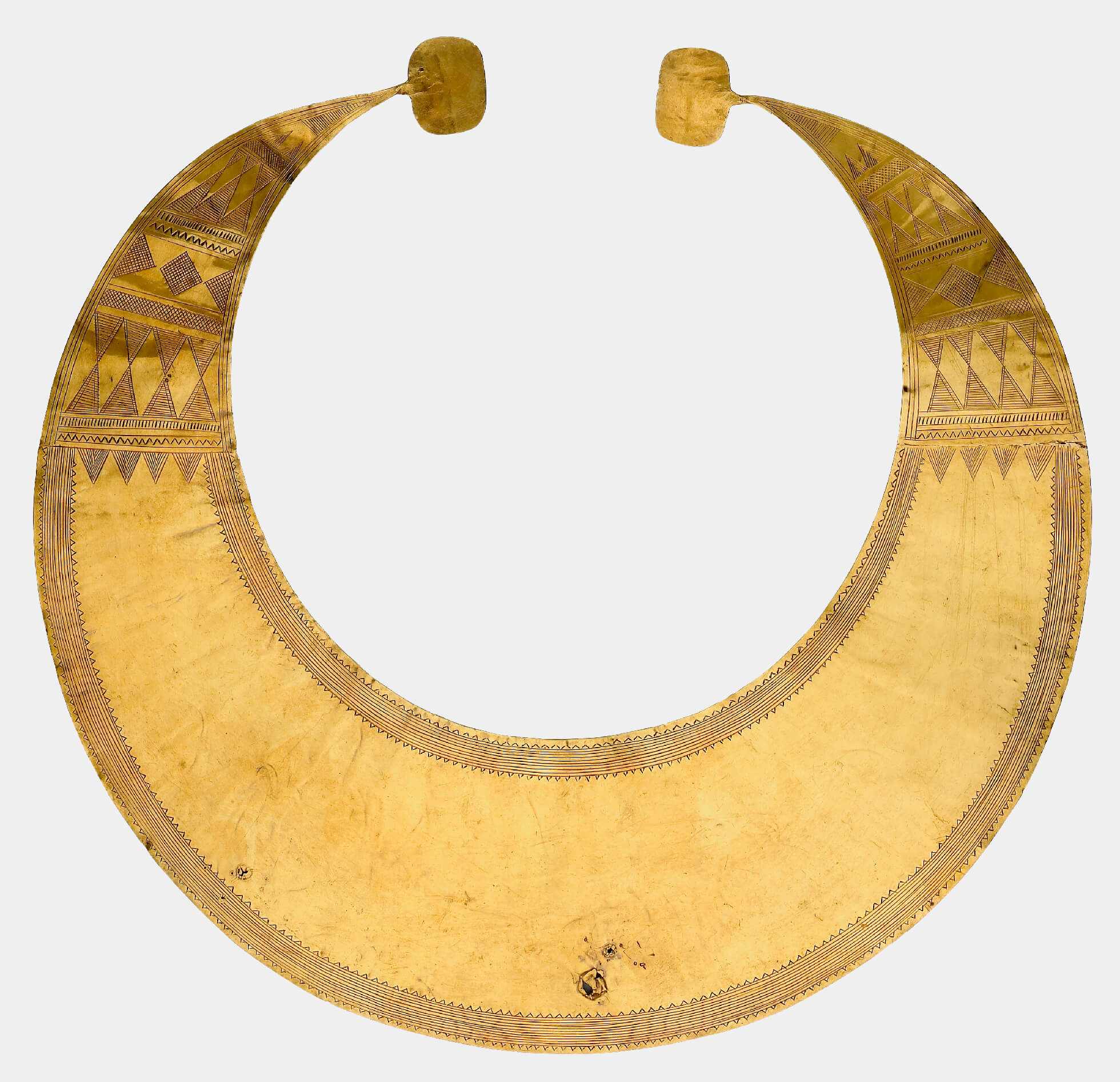
My only complaint was that the exhibition was more crowded than I expected. This may have been because we were there on a Monday afternoon when seniors are offered a special discount or maybe because I got used to places having reduced capacities.
We did have to wait to be able to get close to some of the displays, and while this did test my patience a bit, I am glad we had a chance to go to the exhibition and would recommend that you see it too. It covered more ground than I expected and I definitely learned a few things.

Is the World of Stonehenge good for kids?
Some kids aged 7 and older may enjoy the World of Stonehenge if they are interested in the subject matter. There aren’t any interactive displays designed for kids, but they did have special labels designed for “young-learners aged 7-11” to help them get more out of the exhibition.
Will you enjoy the World of Stonehenge if you haven’t visited Stonehenge?
Yes. This exhibition is about more than just Stonehenge. If you are looking to learn more about the Prehistory period in Europe, you will enjoy the World of Stonehenge even if you have not been to the monument.

Where is the Stonehenge exhibition in the British Museum?
You can enter The World of Stonehenge from the Great Court. It is located on the south end.
When can you see The World of Stonehenge at the British Museum?
The Stonehenge exhibition runs from February 17, 2022 to July 17, 2022. During this time, it is open daily
from 10:00 am to 5:00 pm (except for Fridays when it is open until 8:30 pm).
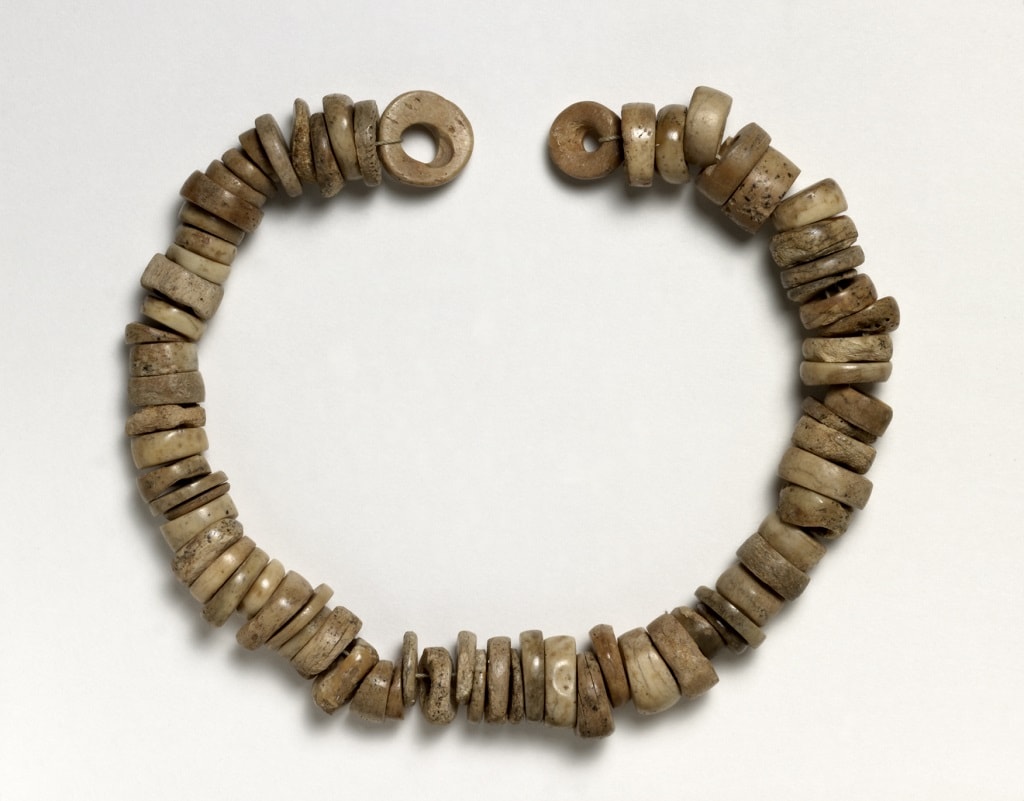
How long does it take to see the Stonehenge exhibition at the British Museum?
We spent about 1:45 inside the exhibition. It had more information and things to see than I expected. I would recommend allowing 1.5 to 2 hours to take it all in. If you have extra time, there are many other rooms filled with treasures to see when you visit the British Museum.
Do you need to book The World of Stonehenge in advance?
Yes. You need to get a time-entry ticket in advance, this is a popular exhibition and many days and time slots are sold out. Get tickets here.
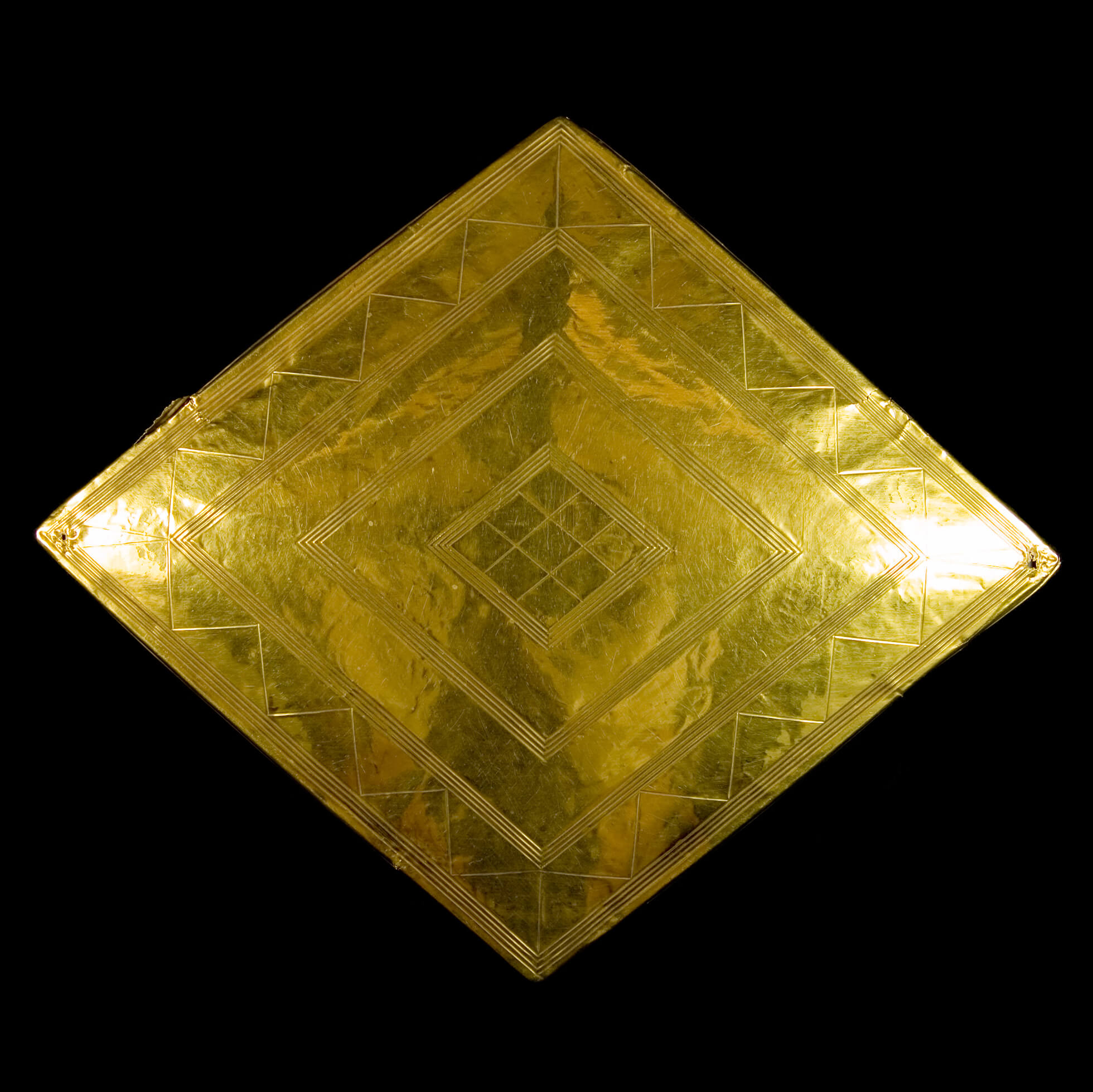
How much are tickets to the World of Stonehenge at the British Museum?
From Monday to Friday adult tickets are £20, and it goes up to £22 on the weekends. There are discounts for students, seniors, jobseekers, disabled visitors, and those with the National Art Pass. British Museum Members and children under 16 (accompanied by an adult) are free.
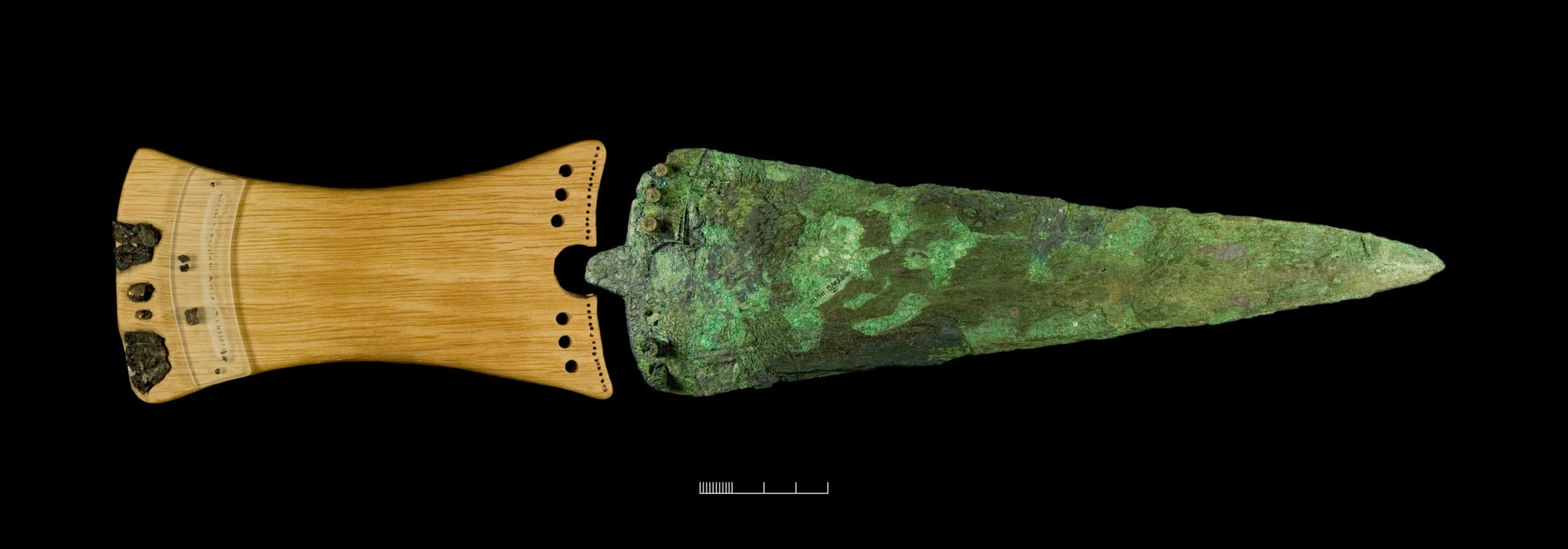
Is the World of Stonehenge exhibition worth it?
Yes. This comprehensive exhibition is packed full of interesting objects and information. We both learned quite a bit. This exhibition is worth both your money and your time.
Have you been to the World of Stonehenge? I would love to hear about your experience in the comments.
-Anisa
Pin for Later
Expert Tips for The World of Stonehenge
- Book your ticket in advance to avoid disappointment.
- Allow 1.5 to 2 hours to see the exhibition so you don’t feel rushed.
- If you have extra time, there are plenty of other interesting things to see in the British Museum or you could even enjoy lunch or afternoon tea in the Great Court Restaurant.
- If you are interested in stone circles, you might also enjoy the Nine Ladies Stone Circle Circular walk.
Disclosure: This post contains affiliate links. As an Amazon Associate I earn from qualifying purchases.
This means we will receive a small commission for some purchases made using links in our blog with no additional cost to you. Please be assured we would not promote any product unless we believe that our readers will also benefit. The commission does not influence the editorial content of this site.
Last Updated on October 12, 2022

